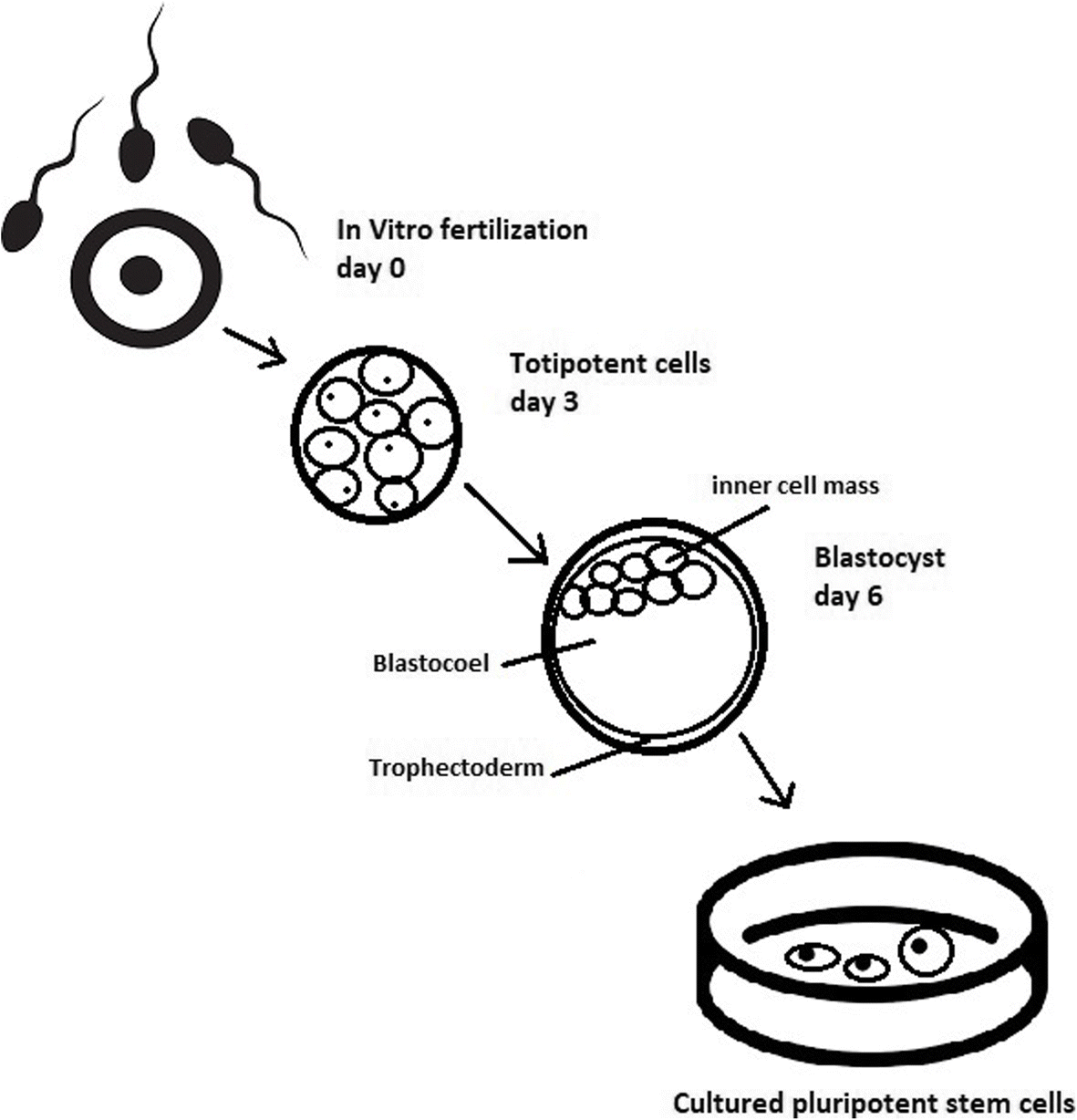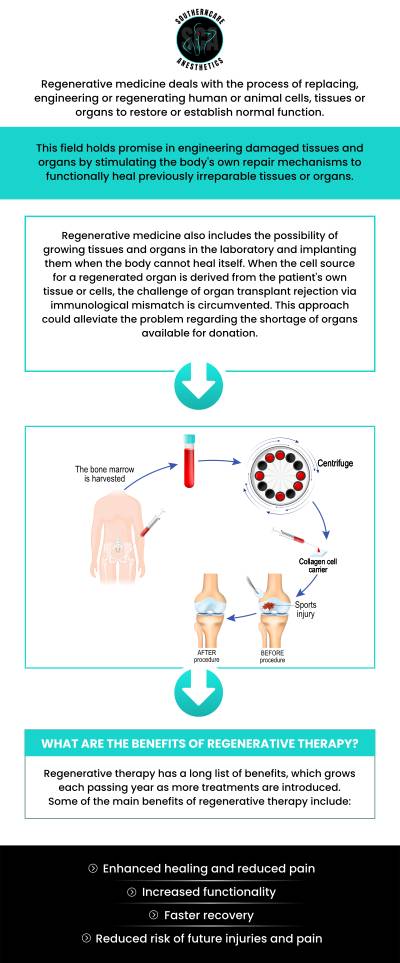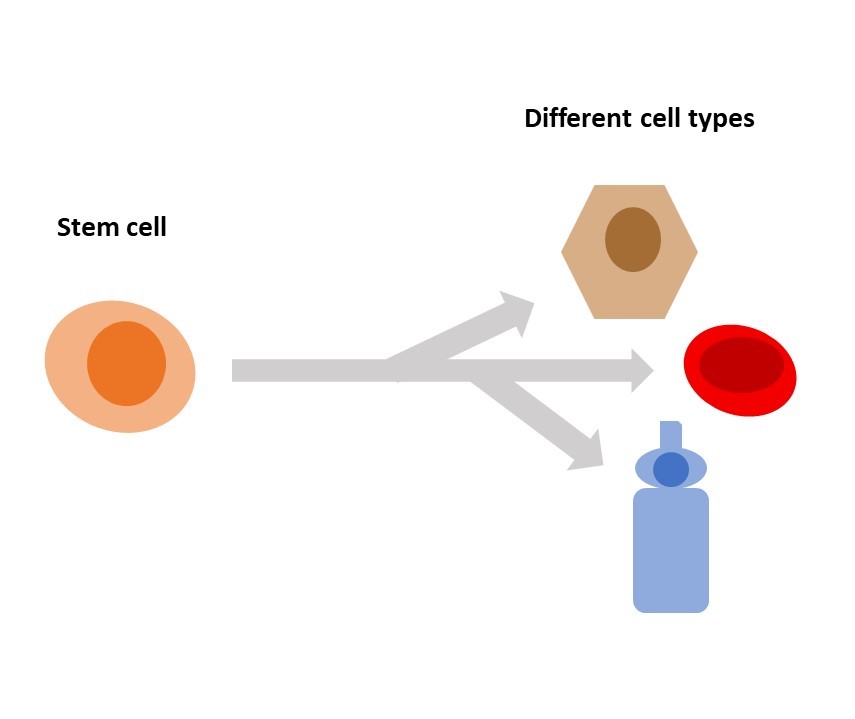Table of Contents

[/image][=video]
[/video]
There are lots of kinds of stem cells. In basic, the term stem cell describes a group of cells that generate various other cells (like skin, blood, heart, and muscle mass cells) by duplicating and setting apart in reaction to chemical signs. Totipotent stem cells appear at the earliest stage of growth and are the only stem cells which can produce beginning stem cells and the placenta.
Bone marrow transplant (BMT) is an unique treatment for clients with certain cancers or other conditions. A bone marrow transplant involves taking cells that are usually located in the bone marrow (stem cells), filtering those cells, and giving them back either to the benefactor (patient) or to an additional person. The goal of BMT is to transfuse healthy bone marrow cells into an individual after his/her own undesirable bone marrow has been treated to eliminate the uncommon cells.
Bone marrow is the soft, spongy cells located inside bones. It is where most of the body's blood cells establish and are saved. The blood cells that make other blood cells are called stem cells. One of the most primitive of the stem cells is called the pluripotent stem cell. This is various than other blood cells when it come to the adhering to residential or commercial properties: It is able to reproduce an additional cell similar to itself.
It is the stem cells that are required in bone marrow transplant. The goal of a bone marrow transplant is to cure many diseases and kinds of cancer. When the dosages of chemotherapy or radiation needed to heal a cancer are so high that an individual's bone marrow stem cells will be completely harmed or destroyed by the therapy, a bone marrow transplant might be required.
Stem Cell Therapy servicing Garden City, Michigan
This procedure is often called rescue. Replace bone marrow with genetically healthy working bone marrow to prevent even more damages from a hereditary illness process (such as Hurler's disorder and adrenoleukodystrophy). The dangers and advantages have to be evaluated in a comprehensive discussion with your doctor and professionals in bone marrow transplants before the treatment.
There are different kinds of bone marrow transplants depending on who the benefactor is. The different kinds of BMT consist of the following: The benefactor is the individual himself or herself. Stem cells are taken from the individual either by bone marrow harvest or apheresis (a procedure of collecting peripheral blood stem cells), frozen, and afterwards provided back to the individual after extensive treatment.
The benefactor shares the same hereditary kind as the client. Stem cells are taken either by bone marrow harvest or apheresis from a genetically matched contributor, usually a brother or sibling. Other donors for allogeneic bone marrow transplants may consist of the following: A haploid-identical suit is when the benefactor is a moms and dad and the hereditary match is at least half identical to the recipient.

Matching includes typing human leukocyte antigen (HLA) cells. The antigens on the surface of these unique white blood cells figure out the genetic makeup of an individual's body immune system. There go to least 100 HLA antigens; nonetheless, it is thought that there are a couple of major antigens that determine whether a donor and recipient suit.
Clinical research is still examining the role all antigens play in the procedure of a bone marrow transplant. The more antigens that match, the better the engraftment of donated marrow. Engraftment of the stem cells occurs when the donated cells make their way to the marrow and begin making new members cells.
Menopause Therapy around Garden City, Michigan
All people function together to give the best chance for a successful transplant. The team is composed of the following: Health care service providers that specialize in oncology, hematology, immunology, and bone marrow transplantation.
Specialists that will assist you satisfy your nutritional needs before and after the transplant. They will work closely with you and your family. Professionals who will aid you end up being strong and independent with activity and endurance after the transplantation. Pastors who offer spiritual care and support. A number of various other staff member will assess you before hair transplant and will provide follow-up treatment as needed.

A full case history and physical examination are executed, consisting of numerous tests to evaluate the client's blood and organ functions (for instance, heart, kidney, liver, and lungs). A client will certainly typically enter into the transplant center approximately 10 days before transplant for hydration, examination, positioning of the central venous line, and other prep work.
Blood products and medications will certainly be provided through the catheter during therapy. For an allogeneic transplant, an ideal (tissue typed and matched) benefactor should be available. Discovering a matching donor can be a difficult and extensive process, specifically if a brother or sister match is not readily available. Voluntary marrow donors are registered in numerous nationwide and international computer system registries.
Donor resources offered include: self, brother or sister, moms and dad or relative, nonrelated person, or umbilical cord from a related or nonrelated individual. There are nationwide and global computer registries for nonrelated individuals and cord blood.
Medical Group
Tests associated with his or her health, exposure to infections, and hereditary evaluation will be done to identify the degree of the suit. The contributor will be provided guidelines on just how a bone marrow donation will be made. When a suit for a client needing a bone marrow transplant is found, after that stem cells will certainly be gathered either by a bone marrow harvest.
Or by an outer blood stem cell collection. This is where stem cells are collected from the flowing cells in the blood.
Navigation
Latest Posts
Stem Cell Therapy around Garden City, Michigan
Menopause Therapy
Perimenopause Treatment in Garden City, Michigan